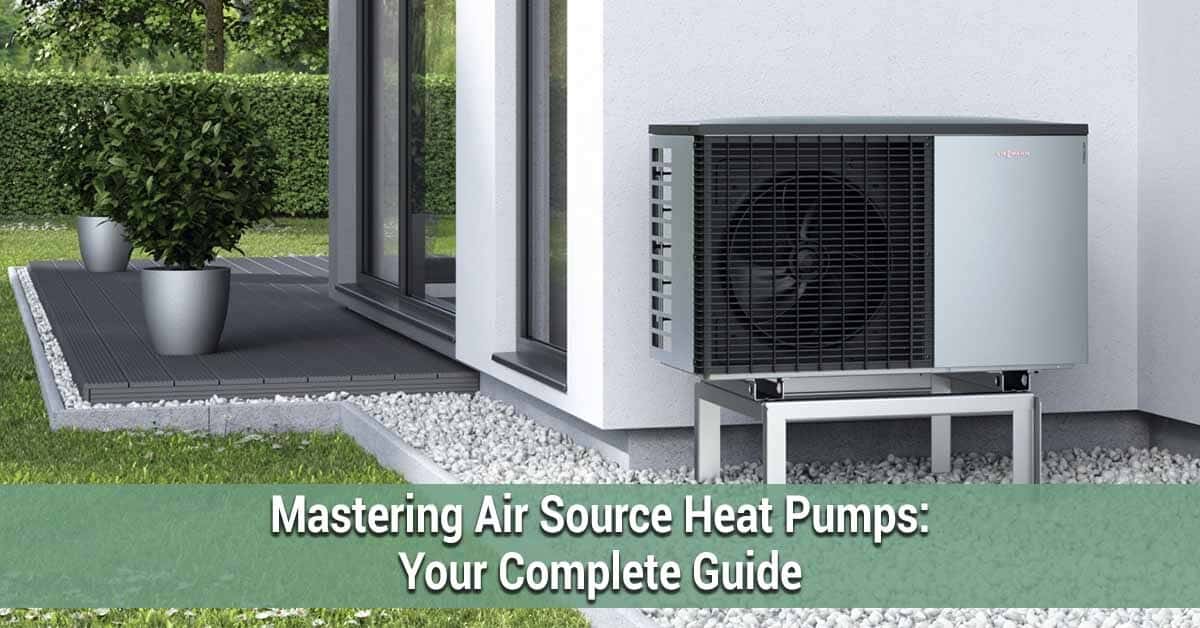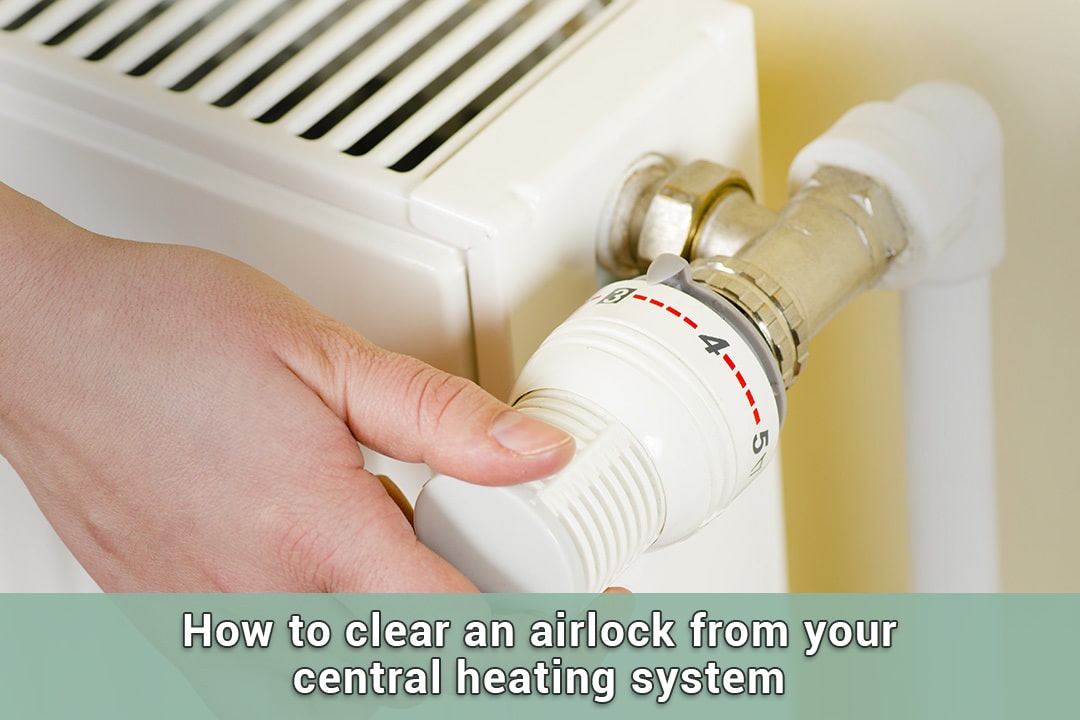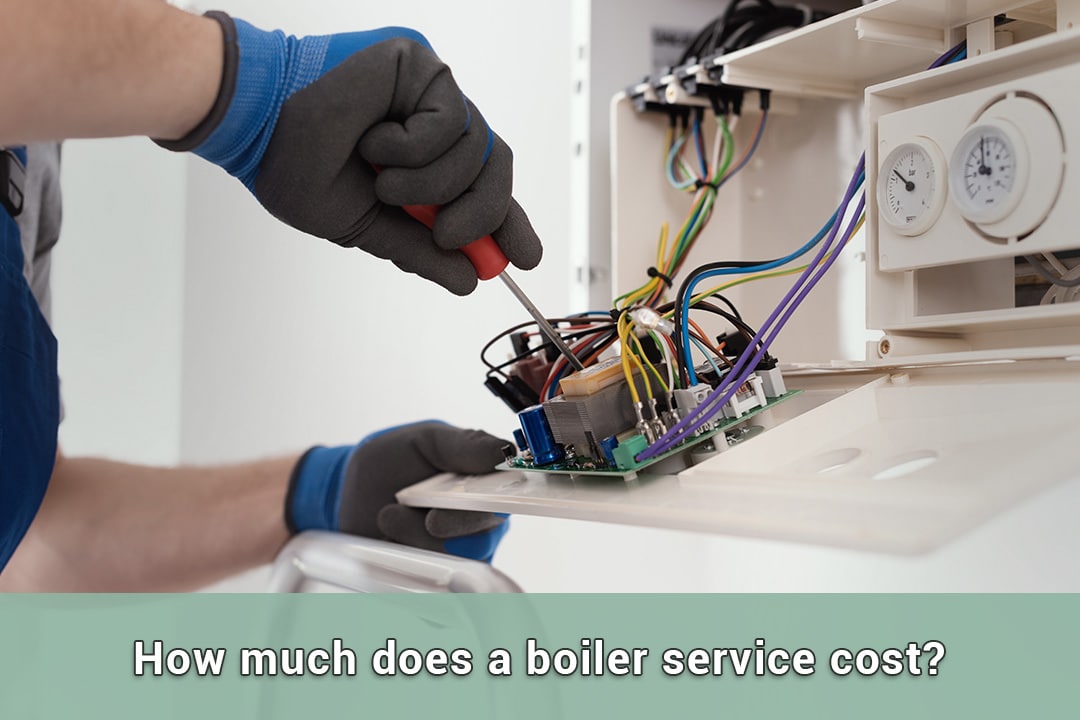Table of Contents
Feeling bothered by high energy bills and worried about your impact on the environment? It might be the right moment to think about improving your home heating with an air source heat pump.
These pumps are gaining popularity as an eco-friendly and money-saving way to heat your home. In this guide, we’ll cover everything about air source heat pumps, from how they operate to the various configurations. Let’s jump in and learn all about the world of air source heat pumps.
Understanding Air Source Heat Pumps
To truly understand air source heat pumps, let’s start with the basics. An air source heat pump is a low carbon heating system that extracts heat from the outdoor air and transfers it indoors to heat your home. It works similarly to a refrigerator, but in reverse.
Instead of cooling, air source heat pumps use a refrigerant to absorb heat from the outside air, even in cooler temperatures. This heat is then transferred to your home’s heating system, providing efficient heating and hot water. Moreover, the same heat pump helps cool your home in summer because the UK is getting warmer every year in summer.
What Are They and How Do They Work?
Heat pumps, like air source heat pumps, offer a modern and eco-friendly way to heat homes. Unlike regular boilers that burn fossil fuels, heat pumps use electricity to move heat around, making them a green heating choice. An air source heat pump has two parts: an outdoor unit that gets heat from the air, even in the cold, and an indoor unit that spreads the warmth through your home. It can also heat water for your taps, so you don’t need a separate hot water tank.
The magic happens through heat transfer—the pump takes heat from outside, raises its temperature, and brings cosy warmth to your home.
The Different Types of Heat Pump Configurations
Air source heat pumps come in different types, and two popular ones are split systems and ducted systems. Split systems have units inside and outside, offering flexibility to heat or cool specific rooms. They’re good for both existing and new homes but may make some noise. Ducted systems use hidden ducts for even heating and cooling throughout your home.
While they’re less noticeable, installation can be costlier. Ground Source Heat Pumps, not covered here, pull heat from the ground and are an option for limited outdoor space. For a smooth installation and optimal performance, it’s crucial to consult professional installers who can assess your home’s needs and recommend the best system for you.
The Benefits of Air Source Heat Pumps
Now that we know how air source heat pumps work, let’s talk about the good things they do. When you use one, you cut down a lot on your carbon footprint because they make fewer greenhouse gases than regular gas boilers.
Also, they’re really good at using less energy to heat your home, which can save you money. Plus, the government might help with the cost of getting an air source heat pump.
Lower Carbon Footprint and Energy Efficiency
Air source heat pumps are great because they cut down on your home’s carbon footprint. Instead of burning fossil fuels like gas boilers, they use renewable energy from the outdoor air to make heat.
This reduces reliance on old heating ways and lowers greenhouse gas emissions. Plus, they use less energy to make heat, making them eco-friendly and budget-friendly for comfy home heating while saving energy.
Split Systems vs. Ducted Systems
To help you choose the best air source heat pump for your home, let’s explore the contrasts and factors between split systems and ducted systems in more detail.
The Basics of Split Systems
Split systems, as mentioned earlier, consist of an outdoor unit and one or more indoor units. Here are some key aspects to consider when choosing a split system air source heat pump:
- Split systems offer flexibility, allowing you to heat or cool specific areas of your home individually.
- Good airflow around the indoor units is essential for optimal performance, so placement and installation are crucial considerations.
- While split systems are generally quiet, they may produce some noise during operation, particularly from the outdoor unit.
- Installation of a split system air source heat pump typically requires outside space, such as a garden or outdoor wall, for the outdoor unit.
The Advantages and Limitations of Split Systems
Split systems offer several advantages, but it’s important to consider their limitations as well. Here are some key points to keep in mind:
Advantages
Split systems offer precise temperature control, letting you customise comfort for specific areas in your home. They’re energy-efficient, only heating or cooling where needed, reducing waste. Versatile, they work in existing and new homes.
In remote areas, where traditional heating is tough, split systems are a cost-effective option. Professional installers ensure correct sizing and installation, optimising performance.
Limitations
For split systems, it’s crucial to have good airflow around indoor units, considering available space. Installation may cause disruption, involving drilling and pipework, especially for retrofits. Aesthetics matter, as outdoor and indoor unit appearance concerns some homeowners.
Extremely cold weather can affect split system efficiency, potentially needing extra heating. Proper installation, maintenance, and professional servicing are vital for long-term performance and energy efficiency. Moreover a proper insulation is a key requirement, and without it the cost saving will always remain a dream that never come true.
Understanding Ducted Systems
Another option to consider when exploring air source heat pump systems is ducted systems. Here’s what you need to know:
- Ducted systems make sure that your whole house gets the right amount of heating or cooling, so every room feels comfy.
- The special tubes, called ducts, are hidden in walls, floors, or ceilings, so you don’t even see them, but they still keep your home at the right temperature.
- Ducted systems can be used with underfloor heating, which is a good and cozy way to warm up your home.
- Professionals who install these systems will make sure everything is just the right size so that the air moves around your house in the best way.
- The system uses something called an air source heat pump, which takes heat from the outside air and brings it into your house through the ducts.
Pros and Cons of Ducted Systems
As with any heating system, ducted systems have their advantages and limitations. Here are some important points to consider:
Pros:
- Ducted systems provide even heating and cooling throughout your home, eliminating hot or cold spots.
- The ductwork is hidden, ensuring a visually appealing heating and cooling solution.
- Ducted systems offer the flexibility to combine air source heat pumps with underfloor heating for added comfort.
- These systems are ideal for homeowners who prefer an unobtrusive heating and cooling method without several visible indoor units.
- Professional installation and sizing of the ductwork system ensures optimal performance and efficiency.
- Cons:
- Ducted heating and cooling systems can cost more to install because they need special tubes called ducts.
- To keep the air clean and prevent dust, you have to regularly clean the ducts.
- Some houses might not work well with ducted systems, especially if they have solid floors or not enough space for the ducts.
- In really cold places, you might need extra heating because the ducted systems don’t work as well in super cold weather.
- If you want a ducted system, make sure your house is well-insulated because it helps the system work better for heating and cooling.
Concise Overview
In summary, air source heat pumps are a great choice for keeping homes warm efficiently. They cut down on pollution and energy use, saving you money and even qualifying for government help. Whether you pick a split or ducted system, each has its pros and cons.
But overall, the trend is leaning towards air source heat pumps as the future of home heating. With more focus on being eco-friendly and saving energy, these systems are a good option instead of old-fashioned heating. If you want a greener and cheaper way to heat your home, think about going for air source heat pumps.
Recent Blogs
FREE ELIGIBILITY CHECKER








